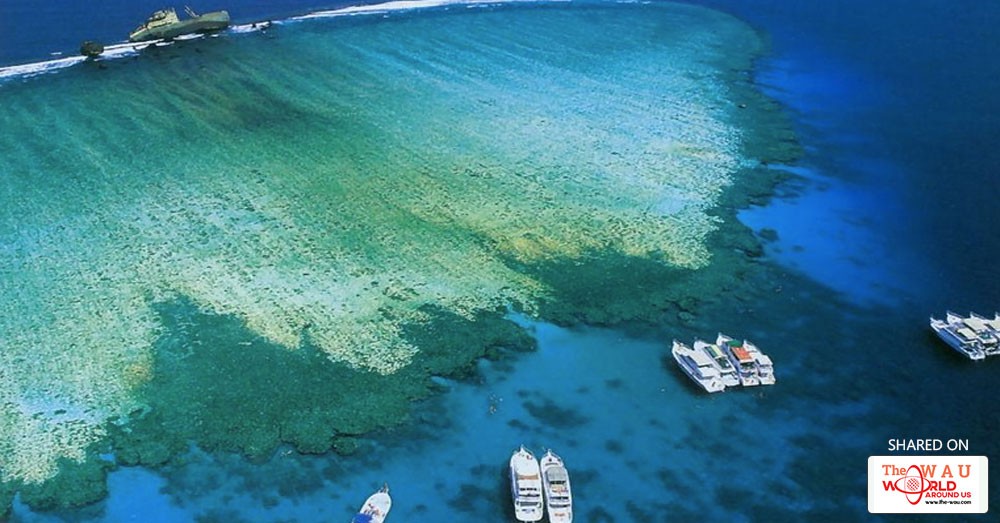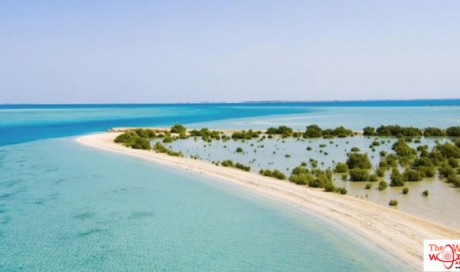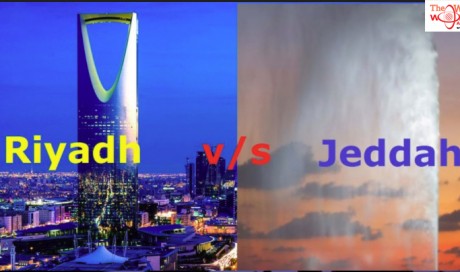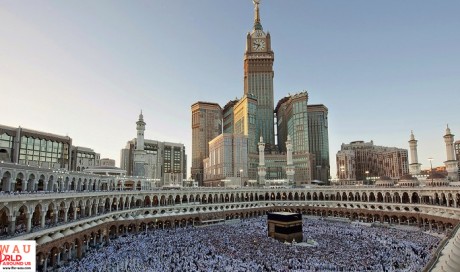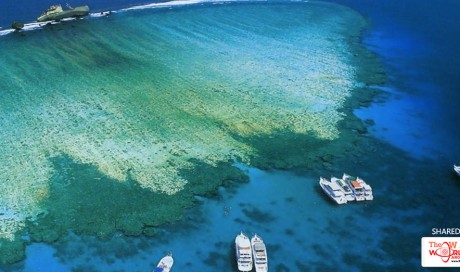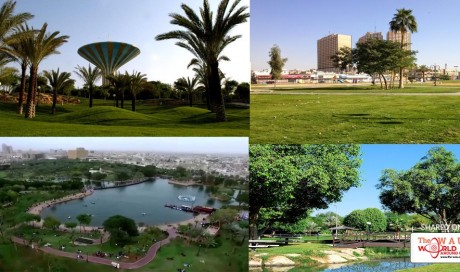When we think of Saudi Arabia, the first thing comes to mind is vast oceans of sand hills and fascinating deserts. But, do you know that the Kingdom also has islands in the Red Sea and the Arabian Gulf which are 1285 in number?
The long area joining the Saudi Arabian Red Sea and Arab Gulf coasts islands is spread through the waters of those beaches. The islands in these two coastal areas are different in size from large or medium to very small islands. Some of the islands are only appeared as rocks on the water surface.
The Gulf of Aqaba and the Red Sea host 1150 islands, which is representing 89% of the total number of islands while the Arab Gulf contains about 135 islands, constitute 11 percent of them. These islands are considered major tourist attractions because of the diverse nature of their geology.
The origin and structure of Saudi islands vary from one another. Some are a coral origin; some are sandy or volcanic. The majority of Saudi islands have plain surfaces and are having shores, soft sands, but some islands in the Red Sea have the high Rocky Mountains.
Farasan Island: The largest Saudi is Farasan Island. Farasan Archipelago is the biggest island located in the Red Sea. It consists of more than 200 islands. Farasan is spread over 380 sq. kilometers and is the largest.
The naturally diverse oceanic life that has found on the island of Farsan has only existed on a few isles across the world. There are different kinds of birds, coral reefs, rocks and exceptional marine life.
This island is rich in Baltic amber stones and it is the main source of income for the most of the people lived there. Coastal Mangrove trees are also abundant in Farsan. Furthermore, the water in this part of the island also has rare coral reefs, flowering plants, and seagrass.
...[ Continue to next page ]
Share This Post

